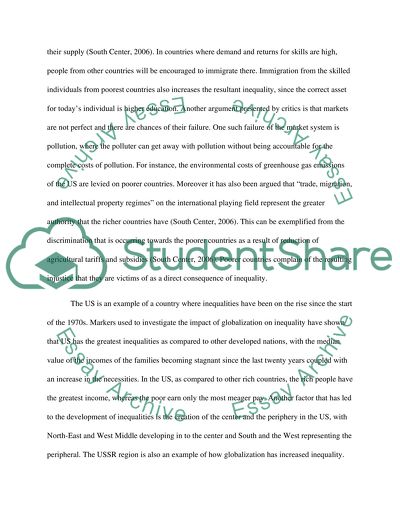Cite this document
(Economics And Economic Change Essay Example | Topics and Well Written Essays - 1750 words, n.d.)
Economics And Economic Change Essay Example | Topics and Well Written Essays - 1750 words. https://studentshare.org/macro-microeconomics/1574286-economics-and-economic-change-macroeconomics
Economics And Economic Change Essay Example | Topics and Well Written Essays - 1750 words. https://studentshare.org/macro-microeconomics/1574286-economics-and-economic-change-macroeconomics
(Economics And Economic Change Essay Example | Topics and Well Written Essays - 1750 Words)
Economics And Economic Change Essay Example | Topics and Well Written Essays - 1750 Words. https://studentshare.org/macro-microeconomics/1574286-economics-and-economic-change-macroeconomics.
Economics And Economic Change Essay Example | Topics and Well Written Essays - 1750 Words. https://studentshare.org/macro-microeconomics/1574286-economics-and-economic-change-macroeconomics.
“Economics And Economic Change Essay Example | Topics and Well Written Essays - 1750 Words”. https://studentshare.org/macro-microeconomics/1574286-economics-and-economic-change-macroeconomics.


